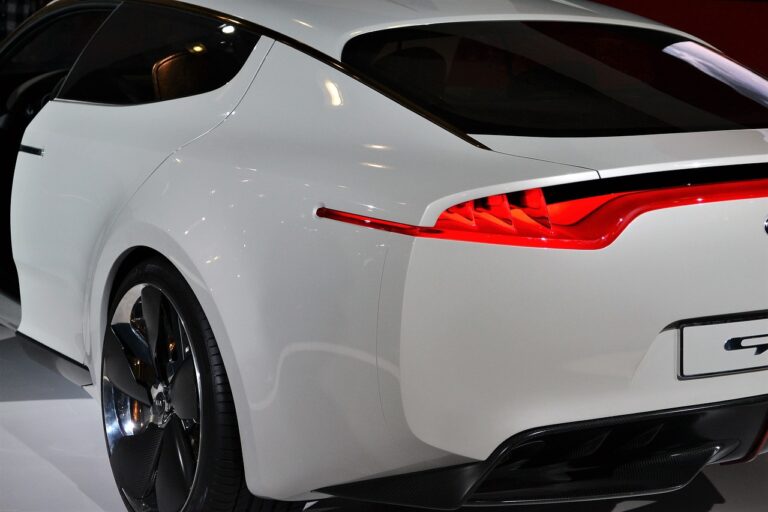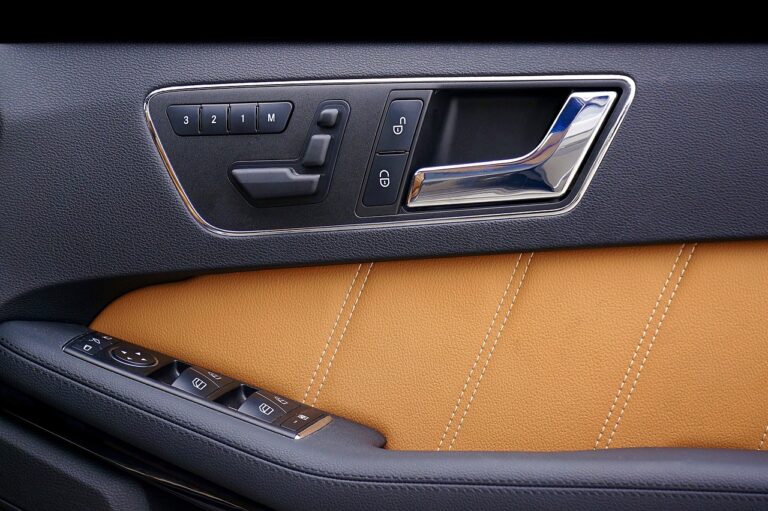The Influence of Zen Philosophy in Car Interior Design: Creating Serene Driving Spaces
Zen philosophy emphasizes simplicity, minimalism, and harmony with the environment. These principles can be seamlessly incorporated into car interior design to create spaces that promote calmness, clarity, and focus while driving. By embracing the essence of Zen philosophy, car interiors can become tranquil sanctuaries that enhance the overall driving experience.
One key element of Zen philosophy in car interior design is the concept of “Ma,” which recognizes the significance of negative space. By decluttering and eliminating unnecessary distractions, designers can create a sense of spaciousness and tranquility within the car. This not only enhances the aesthetic appeal of the interior but also contributes to a sense of serenity and relaxation for the driver and passengers alike.
Understanding the Principles of Zen Philosophy
Zen philosophy emphasizes simplicity, balance, and harmony. These principles are reflected in various aspects of car interior design, such as minimalism, clean lines, and a focus on functionality. By incorporating Zen principles into car interiors, manufacturers aim to create a space that promotes a sense of calm and tranquility for drivers and passengers alike.
Central to Zen philosophy is the concept of mindfulness, which encourages individuals to focus on the present moment and appreciate the beauty of simplicity. In car interior design, this principle is translated into the use of natural materials, neutral colors, and uncluttered spaces. By embracing the ideals of Zen philosophy, car interiors can provide a sanctuary for drivers to escape the chaos of the outside world and find peace within the confines of their vehicle.
Creating a Minimalist Aesthetic in Car Interiors
The concept of minimalism in car interior design emphasizes simplicity and functionality. By incorporating clean lines, uncluttered spaces, and neutral color palettes, a minimalist aesthetic creates a serene and harmonious atmosphere within the vehicle. This design approach focuses on stripping away the unnecessary elements, leaving only the essential components to evoke a sense of calmness and order.
In a minimalist car interior, the emphasis is on quality over quantity. High-quality materials such as premium leather, wood accents, and brushed metal finishes are often used to elevate the overall look and feel of the cabin. Every design choice is deliberate, with a purpose to create a visually appealing space that promotes a sense of tranquility and mindfulness for both the driver and passengers.
What are the key elements of Zen philosophy in car interior design?
The key elements of Zen philosophy in car interior design include simplicity, minimalism, harmony, and a focus on creating a sense of calm and tranquility.
How can one understand the principles of Zen philosophy?
Understanding the principles of Zen philosophy involves embracing simplicity, embracing the present moment, and letting go of attachment to material possessions.
How can one create a minimalist aesthetic in car interiors?
To create a minimalist aesthetic in car interiors, one can focus on decluttering the space, using clean lines and simple designs, incorporating natural materials, and minimizing distractions.







